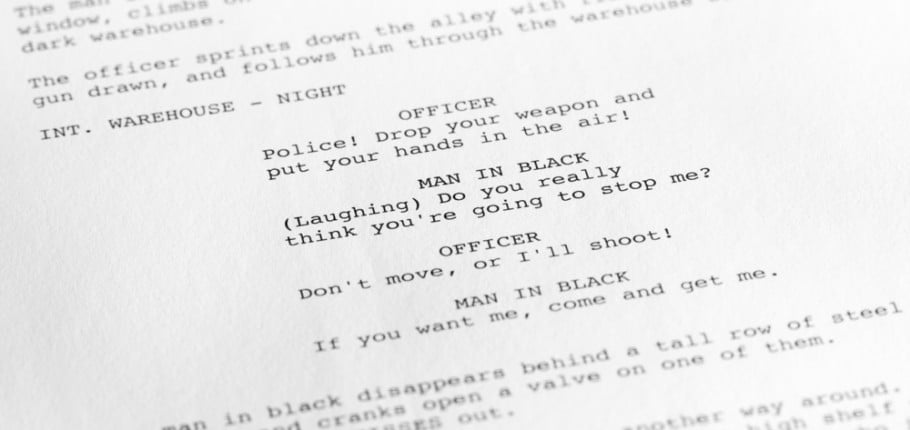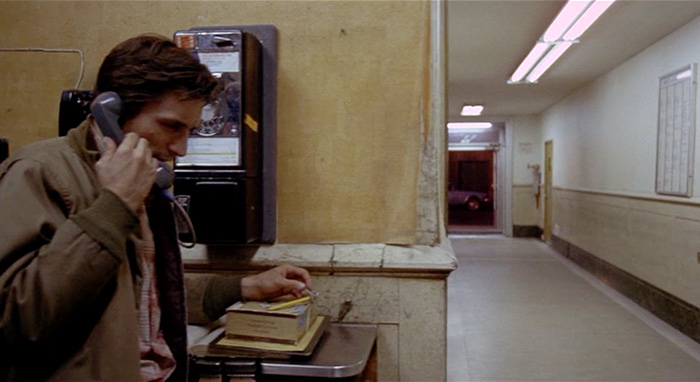Beginning. (10%) When a short film begins, the audience wants to know immediately who it is following and what the story is about. They're waiting hot with anticipation. They want to figure it all out.
Generally, the beginning needs to include most, if not all, of the following to get the story going:
- The setup
- a hook (what is different about your story? Has it been done before?)
- a fast opening
- an inciting incident - what starts the story moving?
- introduce the protagonist. what does he or she want?
- introduce a problem, dilemma or predicament
- introduce the antagonist - what do they want?
- introduce the story's world - its location setting and time
- what kind of story is it? it stone, style genre
- raise a central question - is there a premise for a theme?
- indicate what's a stake for the protagonist
- introduce a key conflict to get the action moving.
Tips!
This may seem like a lot but much can be done simultaneously. A strong opening image can tell us much about the story's world.
The inciting incident should occur as close to the start as possible. Begin with it if you can.
Quickly introduce the character's problem. what they want and what's at stake.
Introduce the antagonist early on as well.
Middle (80%)
Tips
The greatest setback or obstacle for the protagonist should occur somewhere towards the end of the middle section.
In a short film, there will probably only one or two obstacles due to the time constraints of the form.
It should be intense, full of rising tension and suspense and promise a dramatic end.
False resolutions can be used to add interest.
End (10%)
Middle (80%)
- Pace, don't let your story sag
- Raise the stakes for both sides of the conflict
- Don't get sidetracked into a subplot or secondary issue
- Keep the antagonist strong for the final battle
- Use surprise setbacks and reversals, add difficulty
Tips
The greatest setback or obstacle for the protagonist should occur somewhere towards the end of the middle section.
In a short film, there will probably only one or two obstacles due to the time constraints of the form.
It should be intense, full of rising tension and suspense and promise a dramatic end.
False resolutions can be used to add interest.
End (10%)





